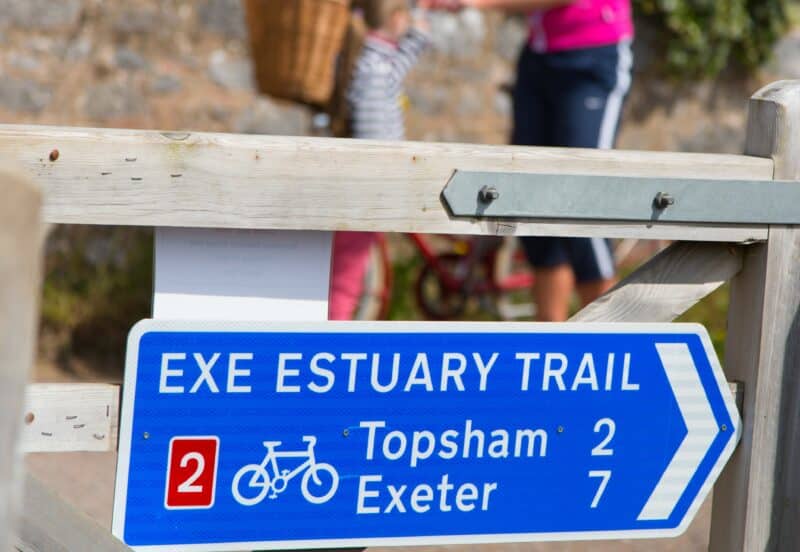
We’re going to remove many of the gates and barriers on Devon’s shared cycle and walking routes to help ensure that those with disabilities and mobility problems can access them more easily.
Devon’s popular National Cycle Network is one of the most spectacular in the country – almost 150miles in length, the route takes you through picturesque communities, over moorlands, along coastlines and canals and through woodland.
However, most of the routes include chicane gates and barriers at given points, and these barriers can deter some people, including mobility scooter users for instance, from using the routes.
Now, with support from the charity Sustrans, we’ve begun assessing all the gates and barriers and we aim to remove most of them and replace them with a mixture of signs, painted markings, and bollards.
This will allow enough space for users of mobility scooters, wheelchairs, cargo bikes and trikes and parents and carers pushing buggies or prams to pass through unhindered.
We’ll look at the older barriers, many of which need replacing, first – and each barrier will be assessed to determine if they are needed and are a benefit or hinderance to users.
The changes we’re making follows the Department for Transport’s (DfT) latest design standards guidance, which says that any infrastructure that discourages the use of shared paths should be removed.
Additionally replacing barriers with signs and painted markings and bollards will be more cost effective in the long term.
Councillor Stuart Hughes, Devon County Council’s Cabinet Member for Highways Management said:
“Increasing cycling and walking can help tackle some of the most challenging issues we face as a society by improving air quality, combating climate change, improving health and wellbeing, and tackling congestion on our roads.
“These changes will improve access although, following an assessment, in rare cases the chicane or barrier may have to remain.
“The barriers will be replaced by improved signage, painted markings, and bollards, but these will not be physical barriers and will allow pedestrians, mobility scooters, wheelchair users, those with buggies and pushchairs an easier passage.”
